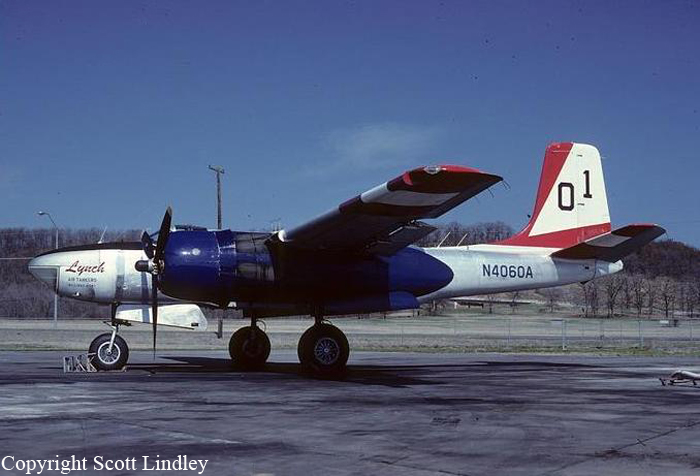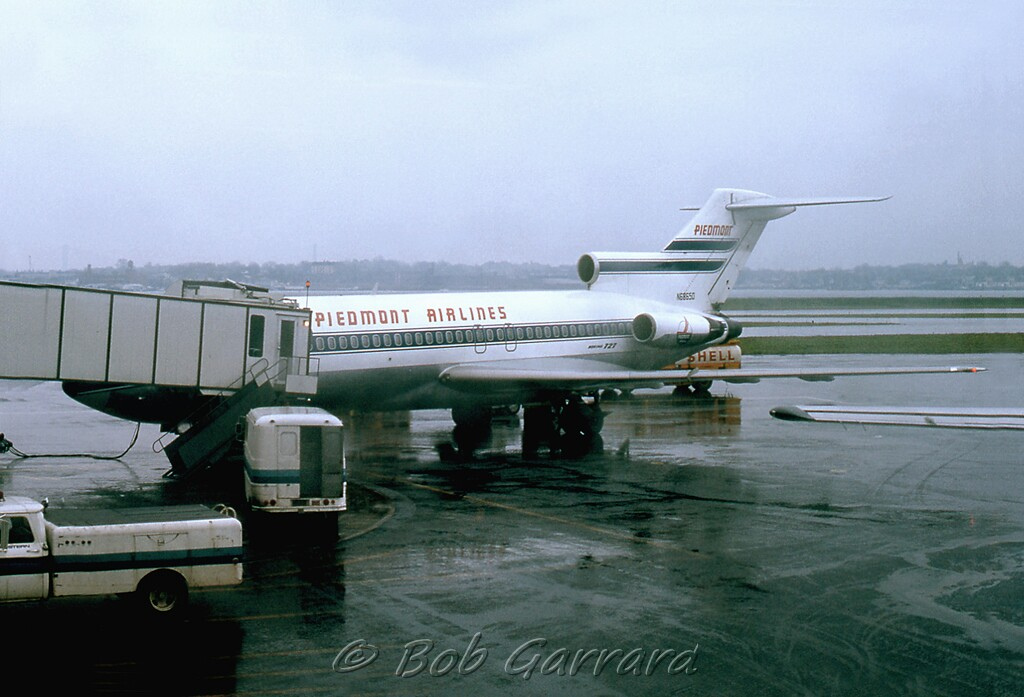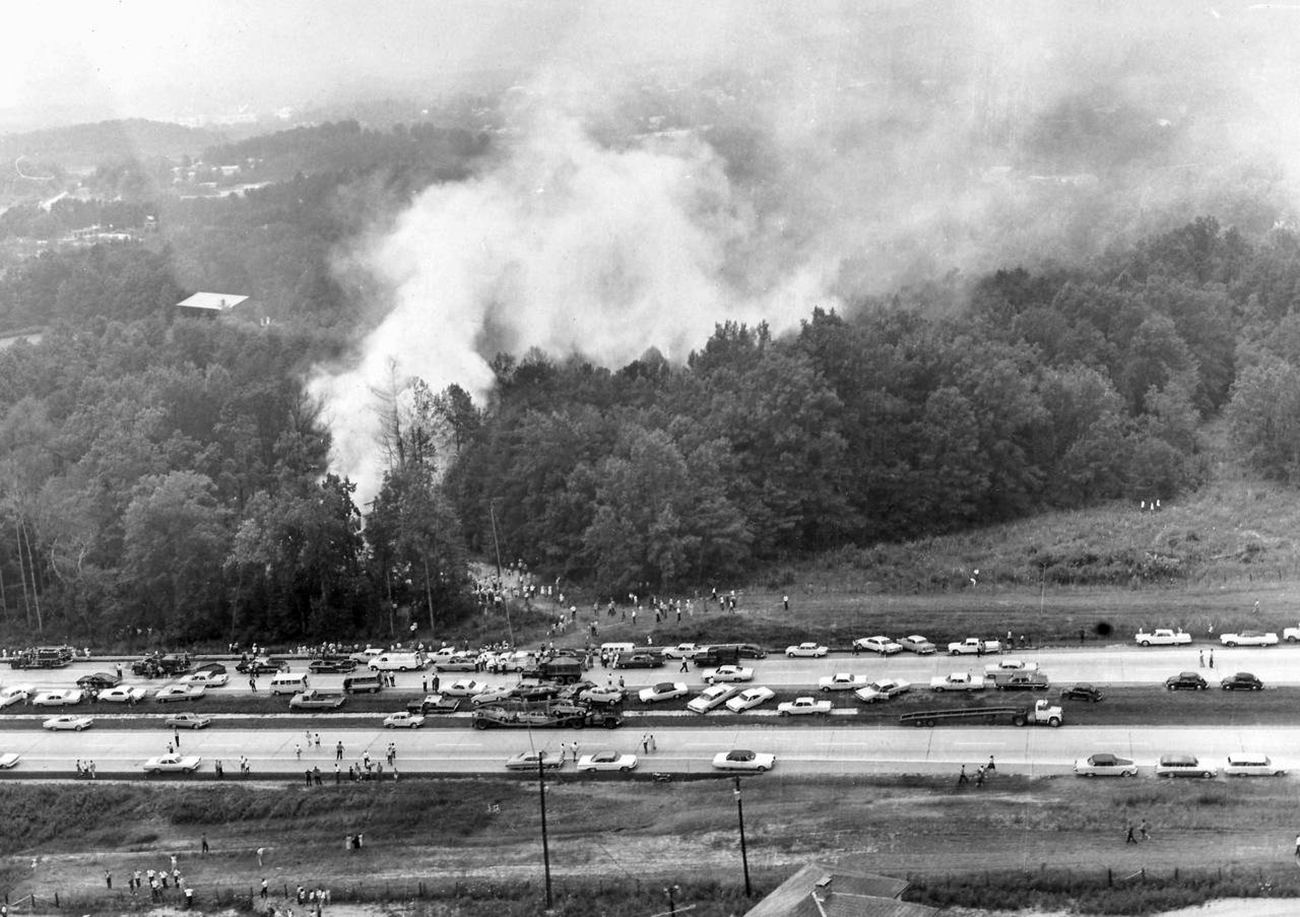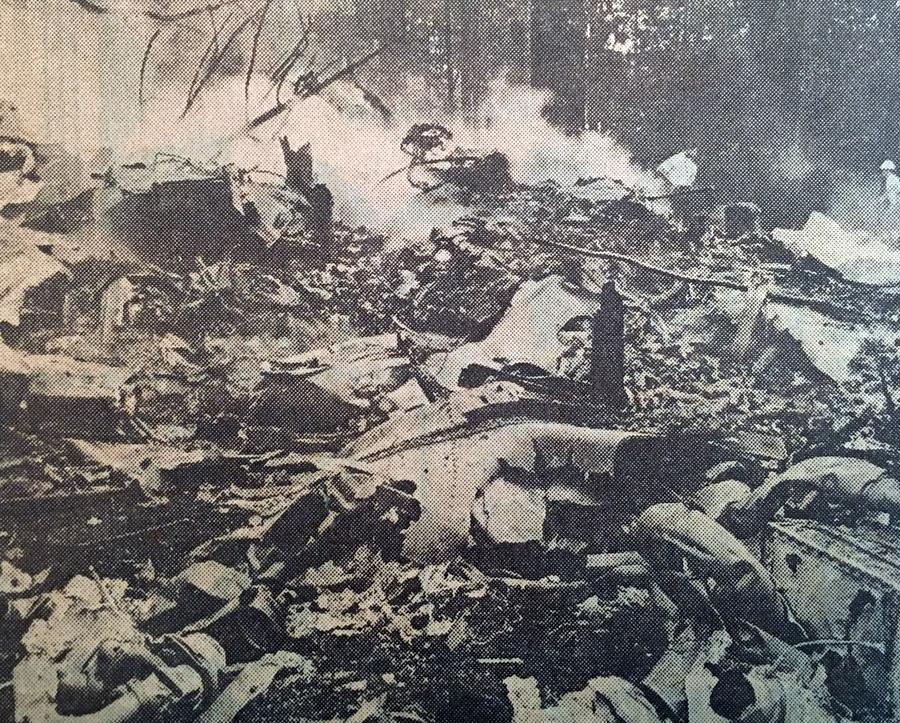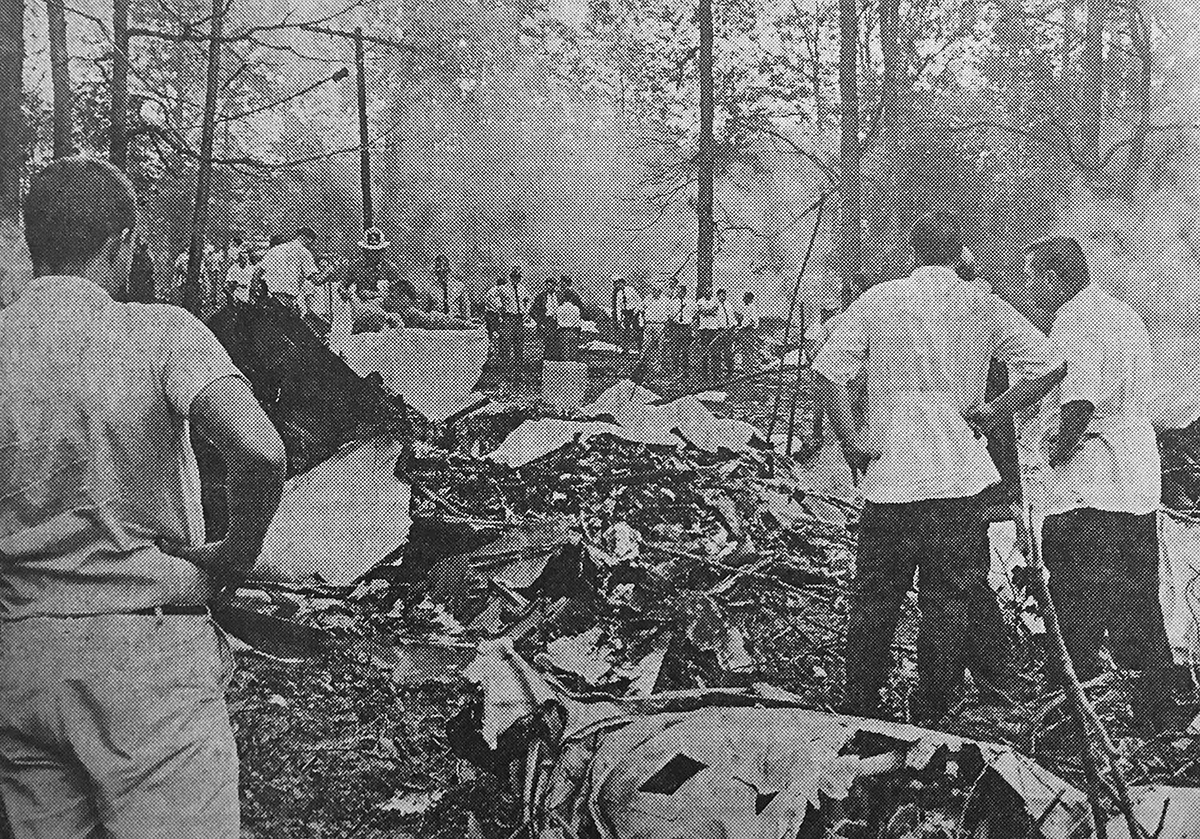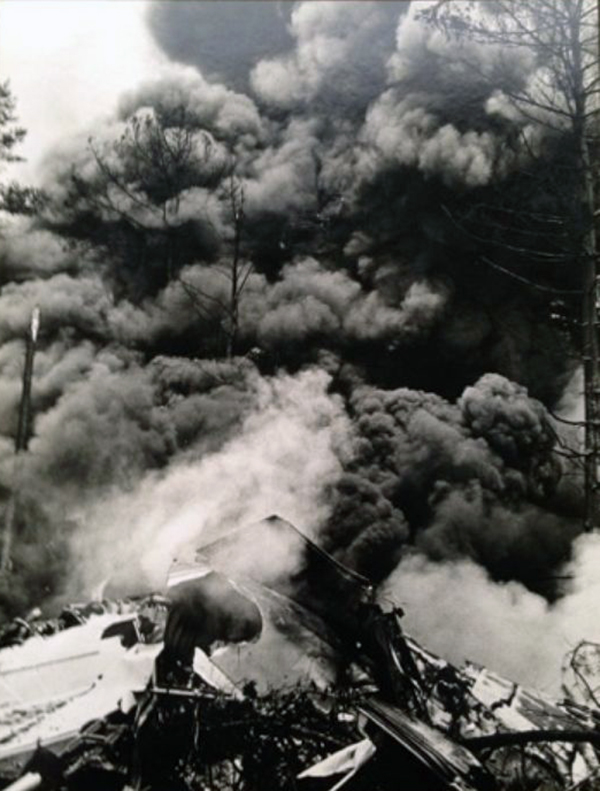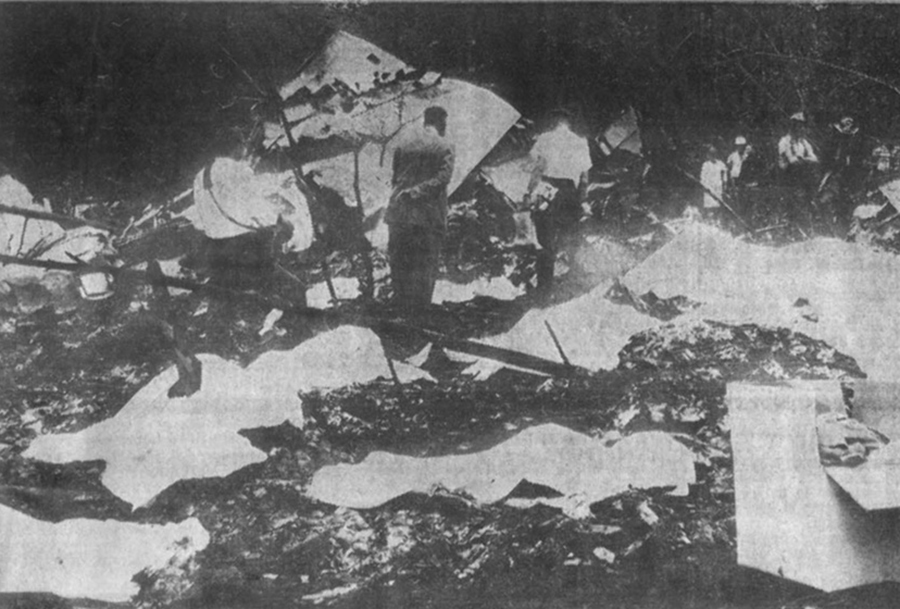Crash of a Cessna 500 Citation in Greensboro
Date & Time:
Feb 1, 2006 at 1145 LT
Registration:
N814ER
Survivors:
Yes
Schedule:
Asheville - Greensboro
MSN:
500-0280
YOM:
1975
Crew on board:
2
Crew fatalities:
Pax on board:
0
Pax fatalities:
Other fatalities:
Total fatalities:
0
Captain / Total hours on type:
700.00
Copilot / Total hours on type:
1000
Aircraft flight hours:
12008
Circumstances:
The right main landing gear collapsed on landing. According to the flight crew, after departure they preceded to Mountain Air Airport, where they performed a "touch-and-go" landing. Upon raising the landing gear following the touch-and-go landing, they got an "unsafe gear" light. The crew stated they cycled the gear back down and got a "three green" normal indication. They cycled the gear back up and again got the "gear unsafe" light. They diverted to Greensboro, North Carolina, and upon landing in Greensboro the airplane's right main landing gear collapsed. After the accident, gear parts from the accident airplane were discovered on the runway at Mountain Air Airport. Metallurgical examination of the landing gear components revealed fractures consistent with overstress separation and there was no evidence of fatigue. Examination of the runway at Mountain Air Airport by an FAA Inspector showed evidence the accident airplane had touched down short of the runway.
Probable cause:
The pilot's misjudged distance/altitude that led to an undershoot and the pilot's failure to attain the proper touchdown point.
Final Report:
